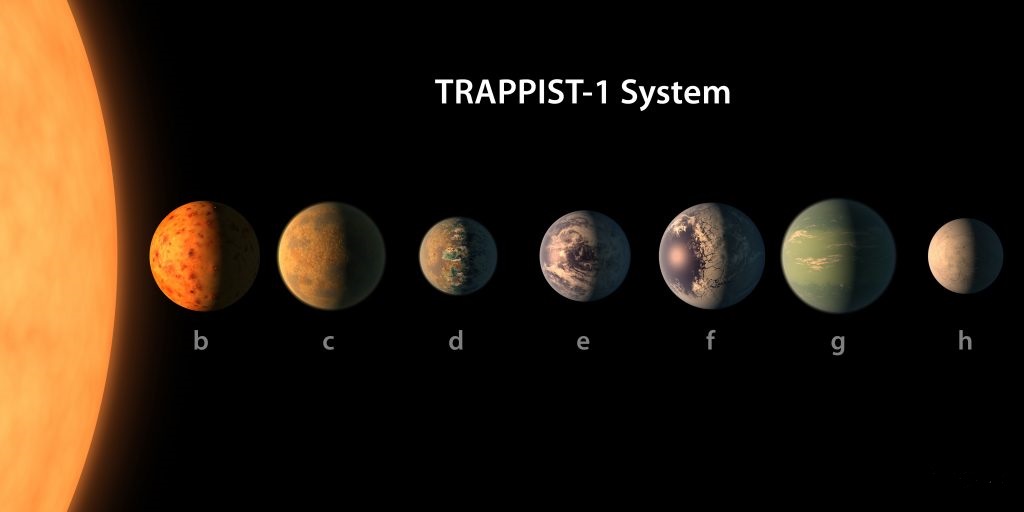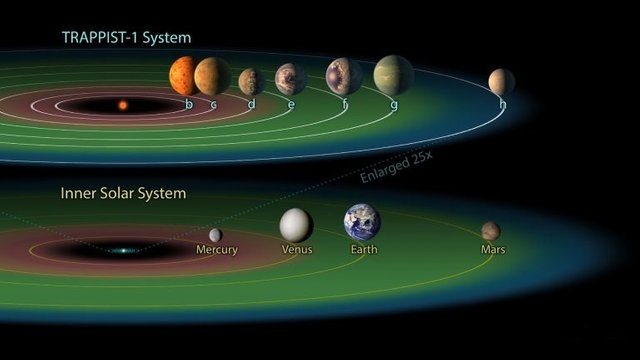What You Need To Know About TRAPPIST-1 System
Trappist-1 is a Red Dwarf star similar to our Sun located about 40 light years from our system. Being a Red Dwarf, its lifetime is measured not in billions of years, but in trillions. As such, the Trappist System seemed like an ideal place to search for extraterrestrial life. However, like most Red Dwarf stars, Trappist-1 is prone to magnetic instability and huge flares.
Flares are caused by stellar magnetism, which can make a star release sudden high energy bursts, usually in the range of X-ray or UV radiation. While our own solar system isn’t exempted from such flares, the Earth has largely been safe from these. One reason is our planet’s distance from the sun. Another is due to the magnetosphere that region of space where the dominant magnetic field is the Earth’s and not that of interplanetary space that surrounds our planet.
In the Trappist System, the researchers found that the flares are similar to the most powerful flare produced by our sun, known as the Carrington Event in 1859. It was so powerful that the impact on the Earth’s magnetosphere created auroras that stretched as far south as the Caribbean. At the same time, telegraph systems around the world were disturbed, and some telegraph operators even received electric shocks. In the Trappist System, flares like this occur more frequently. With flares possibly hundreds or even thousands of times more powerful than what hits the Earth, the Trappist system does not seem that safe for life.
But those who search for extraterrestrial life need not worry. The Trappist System isn’t the only place where alien life might be found. Basic probability dictates that extraterrestrial life might just be hiding in the estimated 100 billion planets in the Milky Way alone. It just so happens that the seven rocky planets of the Trappist System might not be hosting any such life.

